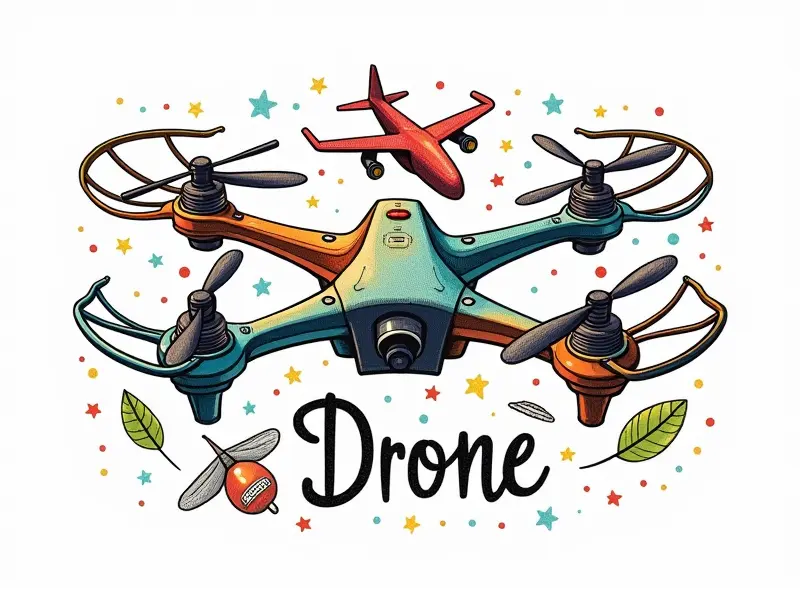How to launch a RC glider?

The Art of Launching RC Gliders
Welcome to the world of radio-controlled (RC) gliding! Whether you're a seasoned pilot or just starting out, mastering the art of launching an RC glider is crucial for achieving smooth and efficient flights. This article delves into various techniques, tips, and strategies that will help you perfect your launch skills.
Mastering RC Glider Launch Techniques
The first step in launching an RC glider is to understand the mechanics involved. Proper setup and alignment are key to ensuring a successful takeoff. Here’s how to get started:
- Pre-flight Checks: Ensure your glider is properly assembled, batteries are charged, and control surfaces are functioning correctly.
- Wind Conditions: Choose a launch site with favorable wind conditions. A light headwind will help stabilize the aircraft during takeoff.
- Launch Angle: Adjust your glider’s wings to achieve an optimal launch angle, typically around 10-20 degrees for most RC gliders.
Secrets to Perfect RC Glider Launches
To elevate your launching skills, consider these insider tips:
- Precision Control: Use precise control inputs during the initial moments of launch. Smooth and gradual movements will prevent oversteering.
- Lift-off Speed: Maintain a steady speed as you approach the launch point to ensure your glider has enough lift for takeoff.
- Battery Management: Ensure that your transmitter’s battery is fully charged and switch it on early to avoid delays during critical moments of flight.
Efficient RC Glider Launch Methods Explained
There are several methods for launching an RC glider, each with its own advantages:
- Bungee Cord Method: This involves attaching the glider to a bungee cord stretched between two points. When released, the tension propels the glider into the air.
- Hand Launch: Simply toss your glider upwards with a gentle throw. This method requires minimal setup but demands precise control over the initial lift-off.
- Carry and Release: Hold the glider in one hand while activating the transmitter with the other. Release the aircraft smoothly to initiate flight.
Tips for Smooth RC Glider Lift-offs
To ensure your RC glider takes off smoothly, follow these essential tips:
- Weight Distribution: Ensure that the weight is evenly distributed across the wings and fuselage to maintain balance during launch.
- Air Pressure: Check local weather conditions for air pressure readings. High-pressure areas are ideal for gliding due to stable, predictable airflow.
- Practice Makes Perfect: Regular practice is crucial. Spend time experimenting with different wind speeds and launch angles to refine your technique.
Maximizing Flight with Proper RC Glider Launch
A successful launch sets the stage for a long, efficient flight. Here are some strategies to optimize your glider’s performance:
- Pre-flight Planning: Before launching, plan out your flight path and consider potential landing zones.
- Launch Angle Adjustments: Fine-tune the launch angle based on current wind conditions to maximize lift-off efficiency.
- Battery Monitoring: Keep an eye on battery levels during prolonged flights. Low power can affect control and stability.
Essential Skills for RC Glider Takeoffs
Mastery of takeoff techniques is vital for any RC glider pilot. Focus on these core skills to enhance your launches:
- Fine Motor Control: Develop precise finger movements and hand-eye coordination to execute smooth control inputs.
- Aerodynamic Awareness: Understand how different factors like wind direction, speed, and temperature affect glider performance.
- Adaptability: Be prepared to adjust your launch method based on changing conditions. Flexibility is key to successful flights.
Beginner's Guide to RC Glider Takeoffs
If you're new to RC gliders, here’s a step-by-step guide to help you get started:
- Choose the Right Model: Select an entry-level RC glider with user-friendly controls and easy-to-follow instructions.
- Familiarize Yourself with Controls: Spend time understanding your transmitter’s layout and functions before attempting a launch.
- Practice in Safe Areas: Start by practicing in open, safe spaces away from obstacles. Gradually move to more challenging environments as you gain confidence.
Perfect Your RC Glider Launch Technique
To refine your launching skills, focus on these advanced techniques:
- Optimal Glide Path: Aim for a straight and steady glide path immediately after launch to establish stability.
- Sense of Timing: Develop a keen sense of timing when making control inputs. This will help you react quickly to changing conditions during takeoff.
- Variety of Conditions: Experiment with different wind speeds, temperatures, and altitudes to broaden your experience and adaptability.
Top Strategies for RC Glider Takeoffs
Here are some top strategies that will elevate your RC gliding experience:
- Wind Direction Analysis: Use a windsock or similar tool to accurately gauge wind direction and speed.
- Safety First: Always prioritize safety by conducting thorough pre-flight checks, wearing protective gear, and flying in designated areas.
- Community Involvement: Join local RC glider clubs or online forums to learn from experienced pilots and share your own insights.
Smooth Sailing: RC Glider Launch Basics
To ensure smooth sailing with your RC glider launches, start by mastering the basics. Here’s a quick recap:
- Precise Control Inputs: Maintain steady and precise control during launch to avoid oversteering.
- Proper Setup: Ensure that your glider is properly set up with correct alignment, battery levels, and wing angles.
- Favorable Conditions: Choose a site with favorable wind conditions for optimal lift-off performance.
Conclusion
Mastery of RC glider launches is essential for any pilot looking to achieve smooth and efficient flights. By understanding the mechanics, experimenting with different launch methods, and refining your skills through practice, you can enhance your overall flying experience. Remember to prioritize safety, stay adaptable, and always seek guidance from experienced pilots in your community.

